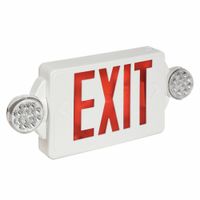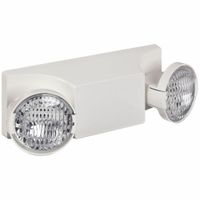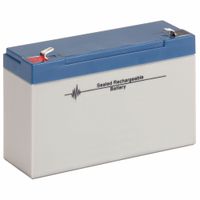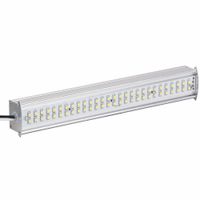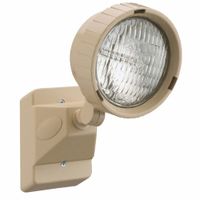Emergency & Exit Lighting
Emergency and exit lighting provides illumination and direction to guide people out of buildings during a power loss or other emergency. Commercial and industrial buildings require emergency lighting that complies with local safety codes. Emergency light fixtures automatically switch on when power g .....Read More
Frequently Asked Questions
What are the requirements for emergency lighting in commercial buildings?
How do emergency lights work during a power outage?
What is the difference between self-luminous and LED exit signs?
How often should emergency lighting be tested?
What are remote head emergency lights?
How do you install combination exit signs and emergency lights?
What are the benefits of LED exit sign retrofit kits?
How long do emergency light batteries last?
What are the local safety codes for emergency lighting?
How can I maintain my emergency lighting system?
